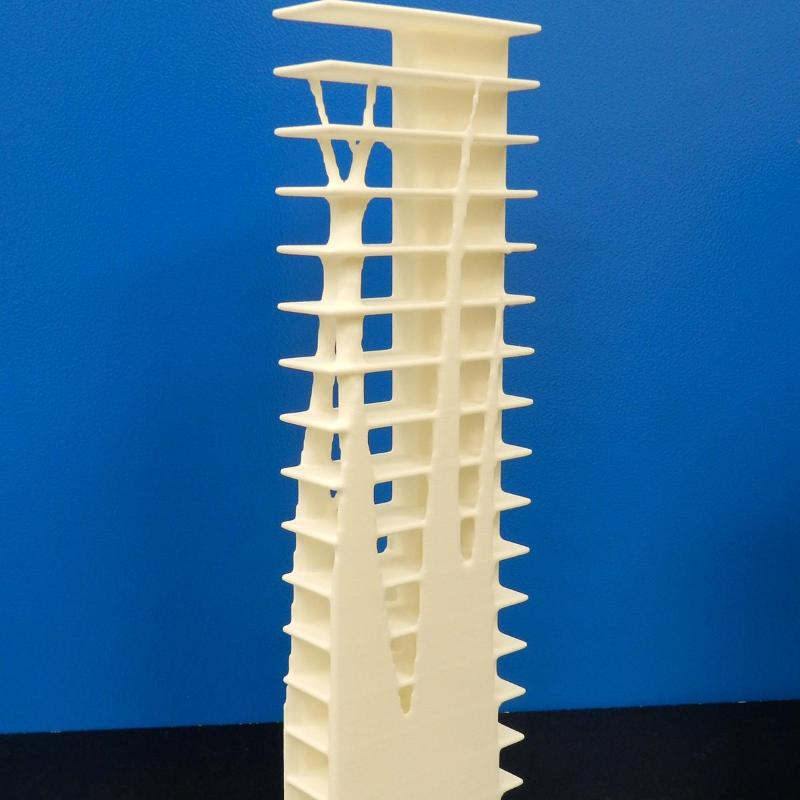This project is aimed at finding the optimum structural system in preliminary building designs that consider wind loads.

Wind loading competes with seismic loading as a dominant environmental loading for building structures, especially high-rise towers. The distribution of wind action on buildings can be obtained from wind tunnel tests, wind codes of design standards, and Computational Fluid Dynamics (CFD) simulations.
Recent advances in numerical techniques and computer hardware/software have increased designers’ ability to analyse and simulate wind-related processes. In this project, wind loads on a building are firstly simulated using CFD and then the BESO algorithm is applied to optimise the topology of building structures, such as columns and braces.
Usually the overall stiffness of the building is maximised. Some of the building components might be assigned as non-designable, e.g. floor slabs and the lift core. Multiple wind directions combined with gravity are considered, and the most efficient structural form is achieved under multiple load cases.
Key people
- Mr Peter Felicetti
- Professor Mike Xie
- Dr Jiwu Tang
Publications
- J.W. Tang, Y.M. Xie, P. Felicetti, J.Y. Tu and J.D. Li, ’Numerical simulations of wind drags of straight and twisted polygonal buildings’, The Structural Design of Tall and Special Buildings, 22, pp 62-73, 2013. doi:10.1002/tal.657
- J.W. Tang, Y.M. Xie and P. Felicetti, ’Conceptual design of building structures subjected to wind load by using topology optimization’, Wind & Structures, 18(1), pp 21-35, 2014.


